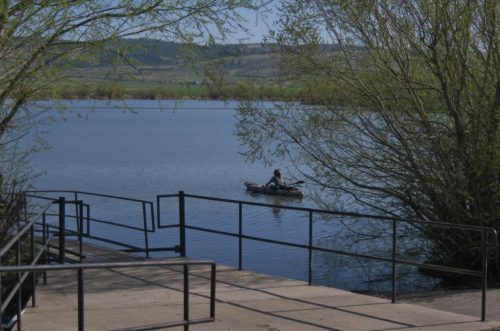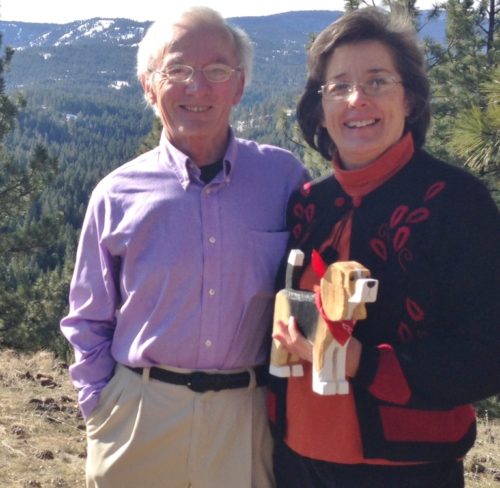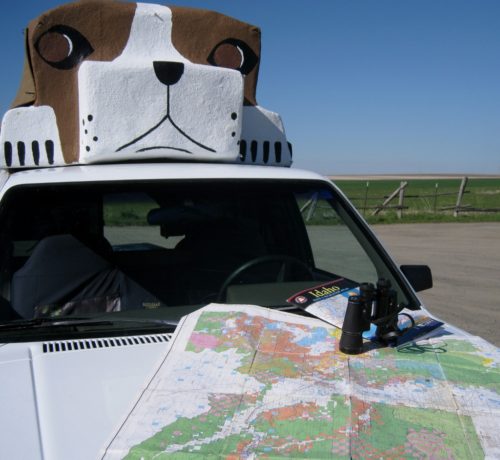 This episode opens with Roamer continuing on the Old White Bird Hill Road not far from Cottonwood. Before breaking out of the forest he was amused by some bright red bluebird nesting boxes on trees alongside the road! They appear to have been freshly painted & each had a house number. If interested to learn more about bluebirds or to view plans for building boxes tap here for the link. At Dog Bark Park we usually see a few western bluebirds in June, presumably on migration to their nesting areas.
This episode opens with Roamer continuing on the Old White Bird Hill Road not far from Cottonwood. Before breaking out of the forest he was amused by some bright red bluebird nesting boxes on trees alongside the road! They appear to have been freshly painted & each had a house number. If interested to learn more about bluebirds or to view plans for building boxes tap here for the link. At Dog Bark Park we usually see a few western bluebirds in June, presumably on migration to their nesting areas. 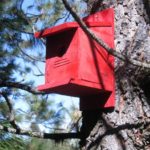
Zipping up the modern White Bird Grade Road (Hwy 95), Roamer stopped to look across the wide expanse where the old spiral road traverses the hill. The old grade is an enjoyable drive requiring slower speeds with numerous turnouts to take in the vistas. 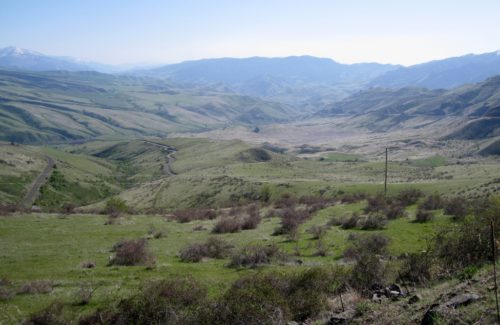 This is Nez Perce National Historical Park Service land which is open for hiking & contemplation of the peoples and events that happened here. White Bird Hill is the site of the first battle of the Flight of Nez Perce 1877 conflicts.
This is Nez Perce National Historical Park Service land which is open for hiking & contemplation of the peoples and events that happened here. White Bird Hill is the site of the first battle of the Flight of Nez Perce 1877 conflicts.
Closer to the top of the grade, Roamer pulled over at this warning sign for motorists travelling down the steep curving grade. The road is 7 miles longs with a 7% grade and many curves to navigate. 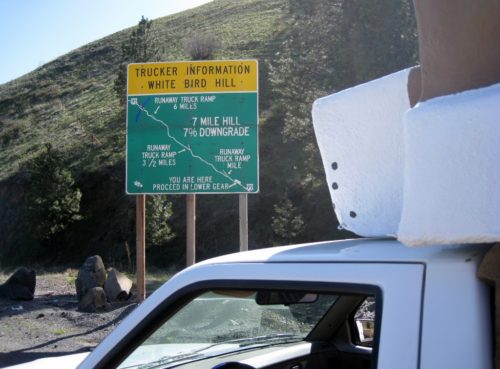 There are three runaway truck safety ramps along the way. Such thickly graveled up-slope ramps are commonly seen, and hopefully seldom used, on steep down grades in mountain country in the event trucks or other vehicles lose their breaks.
There are three runaway truck safety ramps along the way. Such thickly graveled up-slope ramps are commonly seen, and hopefully seldom used, on steep down grades in mountain country in the event trucks or other vehicles lose their breaks.
Back over the top of White Bird Hill Roamer left Hwy 95 to visit Tolo Lake Recreation Area.
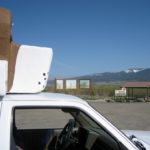 This small lake is in the middle of agricultural land with cattle often grazing on the other side of the fencing. This is a popular area for bird watching, fishing and enjoying the solitude of being on the water on a quiet late afternoon. This is also a great place for stargazing with no nearby light. Amenities include a picnic shelter, accessible ramps to the water, interpretive signs about the history of Tolo Lake.
This small lake is in the middle of agricultural land with cattle often grazing on the other side of the fencing. This is a popular area for bird watching, fishing and enjoying the solitude of being on the water on a quiet late afternoon. This is also a great place for stargazing with no nearby light. Amenities include a picnic shelter, accessible ramps to the water, interpretive signs about the history of Tolo Lake. 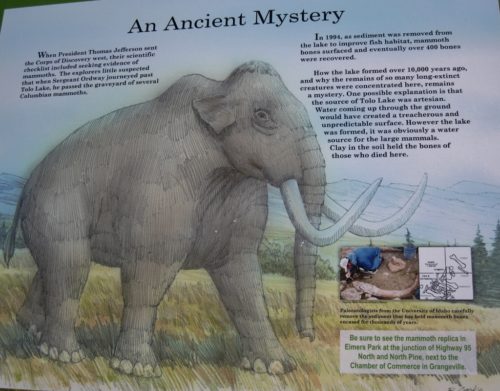
In ancient times Tolo Lake was a watering hole for Columbian mammoths where some of the giant mammals died. Their bones were not discovered until 1994 as sediment was removed from the lake to improve fish habitat. There is a full-size replica of a mammoth for visitors to see just a few miles from Tolo Lake at Eimier’s Park next to the Chamber of Commerce building on Hwy 95 at Grangeville.
